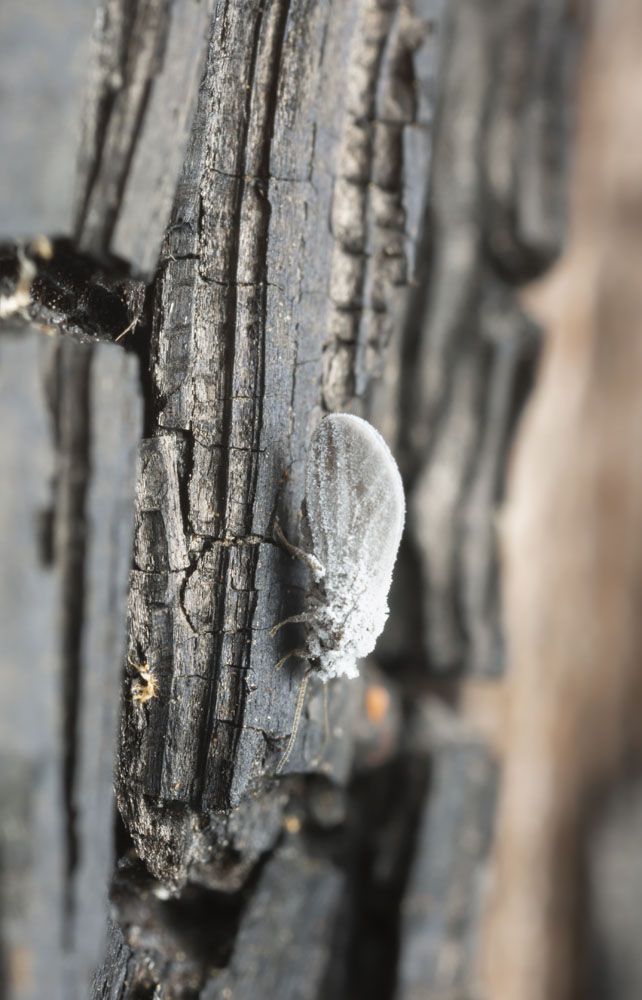
Dustywings – Coniopterygidae
Dustywings
Family: Coniopterygidae
Common Name: Dustywings
Appearance: Dustywings are 3-7 mm long insects covered with waxy powder giving them a granulated appearance, including their wings; therefore, they are called Dustywings. Their antennae have bead-like segments and are in front of the body. Just like green and brown lacewings, Dustywings also have wings that cover the abdomen like a roof of a house.
Host Plants or Food: Whiteflies, Small Caterpillars, Lace bugs, Aphids, Mites, Mealybugs, Scales, Thrips.
Territory: Throughout North America (7 genera and 28 species are found in California)
Mode of Damage: Beneficial Garden Insect
Habits and Life History:
Dustywings are mostly found on trees, shrubs, and gardens. They are mostly active at dawn and dusk and are attracted to light.
Females lay eggs near the colonies of the prey so that when they get hatched, larvae can feed on the prey. A female usually lays 200 eggs during her whole life.
Larvae can eat 150-300 aphids eggs before undergoing pupation. They spend their winter as larvae or in cocoons and remain inactive and then pupate to develop into an adult.
Egg to adult development takes almost 6-8 weeks.
Dustywings have two generations per year.
